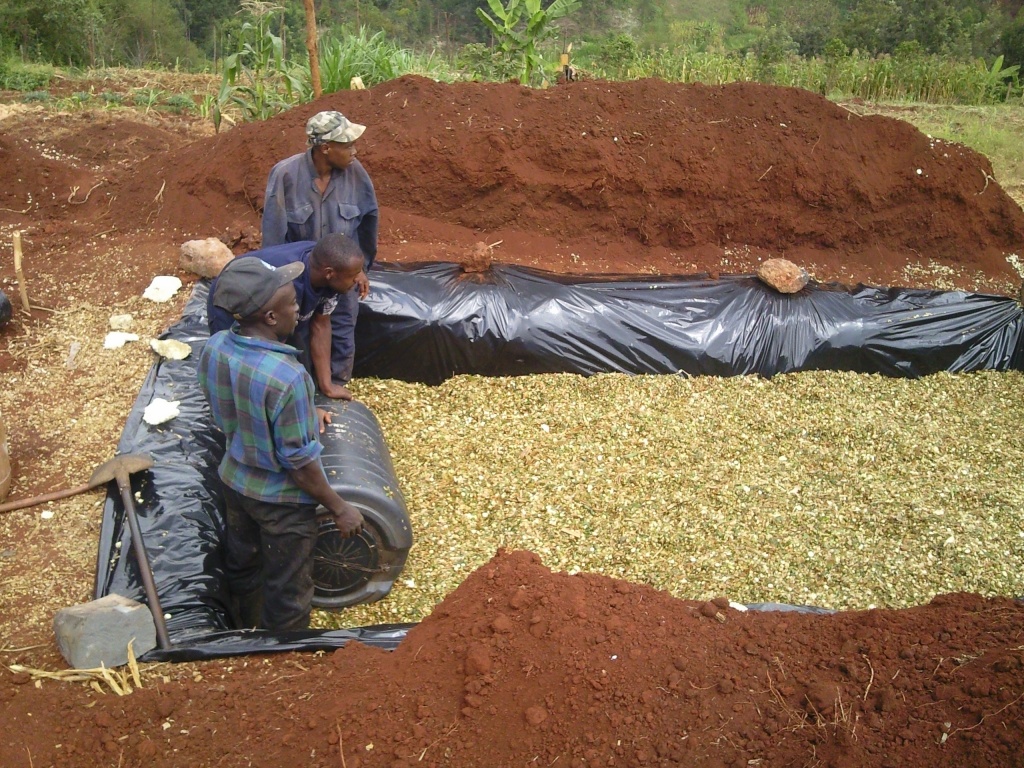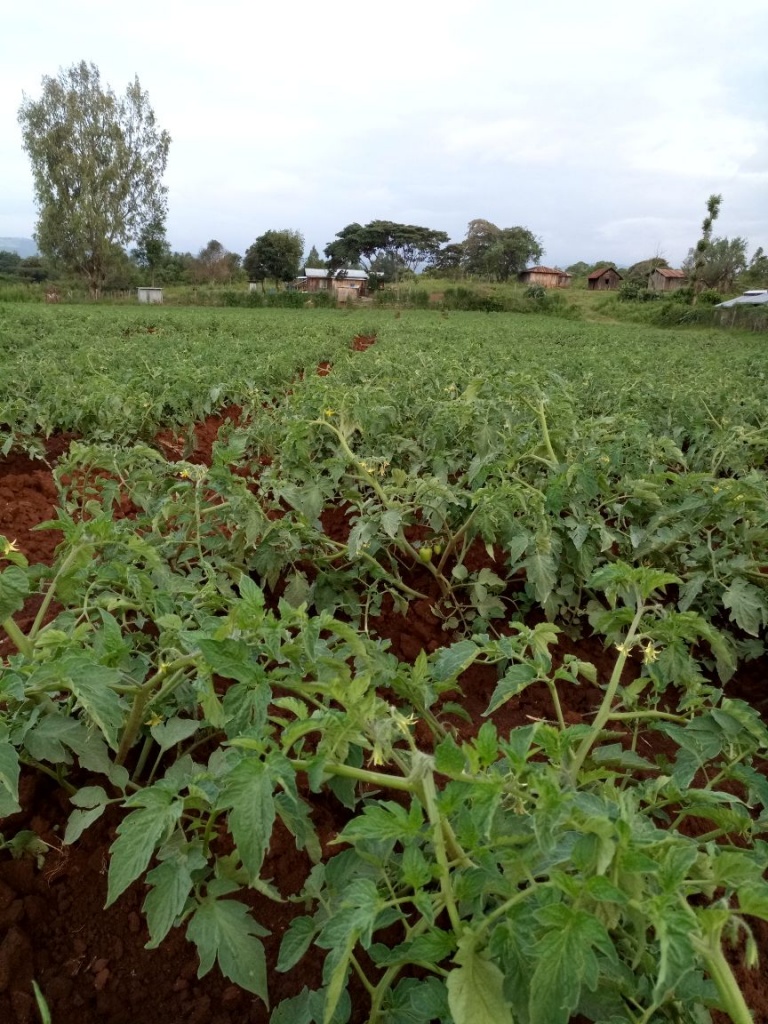Spring onions also called Scallions or Green and Bunching Onions are very easy to grow both for subsistent and commercial purposes and consumers like them because they can be used in variety of recipes as seasoning in soups and salads hence their other name- Salad Onions.
These variety of onions are non-bulbing grown from seeds. It is an early and highly productive onion grown for stems rather bulbs with attractive tasty dark green leaves. The journey of spring onions begins from the nursery and later transplanted in the field for good establishment.
RELATED STORY: Organic fertiliser doubles onions, helps farmer penetrate new market
Nursery
“Interested farmers should prepare raised beds a metre wide and work in a well decomposed manure at a rate of 15kg or 1 full medium bucket per metre square followed by phosphate fertilizer at a rate of 20g per metre square and mix thoroughly,” said Eliud Njoroge, crop researcher at Kenya Agricultural and Livestock Research Organization (Kalro).
Seeds are then supposed to be planted in already made furrows about 15cm apart 2-3cm deep. To make the seeds much safer in a good position for germination, a mulch of grass or banana leaves should be made over the bed to protect the seeds from splashing out when the bed is irrigated.
Spring onions germinate after 10 days. The mulch is then removed and used to make a shade above the tender plants. Transplanting of seedlings is done about 4-6 weeks after sowing in the nursery or when the seedlings have pencil thick base and a height of about 15cm.
“Two weeks before transplanting any shade should be reduced to improve seedling survival rate in the field,” said Njoroge. “Spring onions do well in well-drained soil with a pH value ranging between 6.3 and 6.8,” he added.
RELATED STORY:Making a million yearly with red onions
Transplanting
Transplanting is done in cool weather thus early in the morning or late in the evening because they are very tolerant to sun scotch. They are planted in rows already made in the field 30cm apart and 8 cm within the row. In case transplanting is done during dry season, the field should be irrigated before and after planting to enable them establish.
A farmer can do a top-dressing by CAN fertilizer of 9kgs per acre roughly four weeks after transplanting. Spring onions mature so fast that they tend not to suffer from pests and diseases thus in 70 days or less. But in case of any pests and diseases a farmer should spray with fungicides. This will eliminate fungal diseases like mildews. Insecticides are also good for pests especially onion thrips.
RELATED STORY:Nakuru marketer seeks onions from farmers
Harvesting
Harvesting time can come by as early as two months after sowing seeds, but some need another 2-4 weeks. “Spring onions are ready to eat when the leaves are standing tall, green and succulent,” said Njoroge.
In case a farmer want to harvest the entire bulb and the leaves then using a fork to dig around the plant is advised to keep from damaging it inadvertently. This can also boost their marketing potential.
Farmers with small pieces of land can enter into the farming of spring onions, as they are easy with a wide range of climatic conditions. In Kenya a 142-kilogram bag of spring onions is currently retailing with an average market price of 2,183 shillings across the country.
Write comment (1 Comment)


















